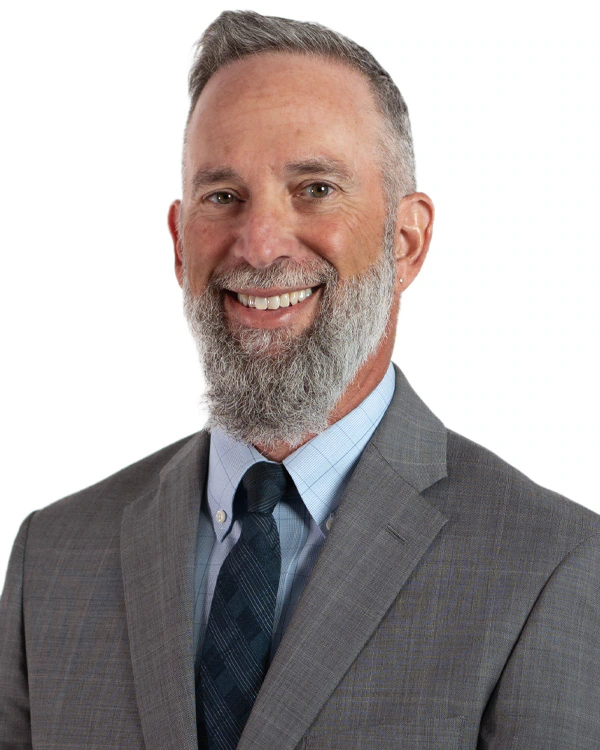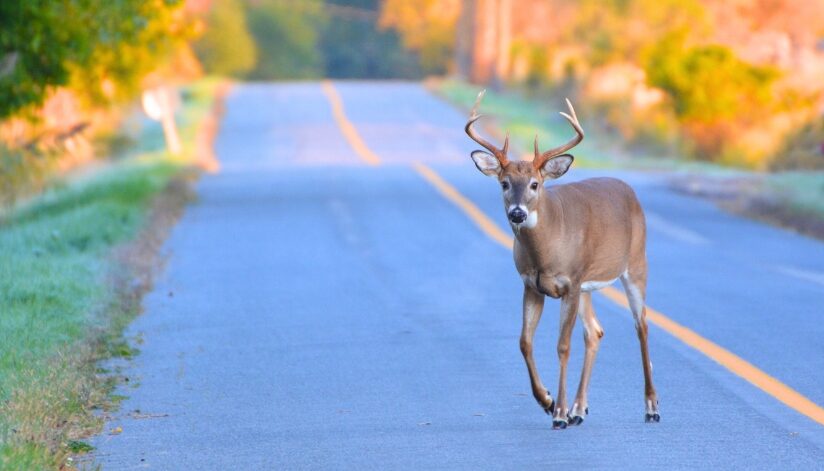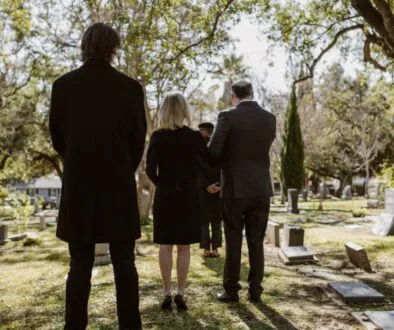Deer Season Accidents And Road Safety In Wisconsin
By Howard Eglash, Personal Injury Attorney
As fall and winter arrive in Wisconsin, deer season reaches its peak. With shorter daylight hours, increased hunting activity, and the rut (mating season) in full swing, deer become far more active and unpredictable. Drivers in La Crosse, Sparta, and surrounding Western Wisconsin communities face higher risks of vehicle-deer collisions—especially during the early morning and evening hours when visibility is low and deer movement is at its highest.
Understanding why deer-related crashes occur, what your insurance covers, how liability works when other vehicles are involved, and what steps to take after a collision can help you protect your safety and your rights.
Why Deer Collisions Increase In Fall
Deer activity surges between late October and early December for several reasons:
- Mating Season (The Rut): Deer are less cautious and more mobile while searching for mates. Bucks often sprint across roadways without warning and follow does into populated areas.
- Shorter Days: Sunrise and sunset coincide with commuting hours, increasing the chance of encountering deer during low-light conditions.
- Disrupted Habitats: Hunting season pushes deer out of wooded areas and into neighborhoods, rural roadways, and agricultural land.
According to the Wisconsin Department of Transportation, drivers report more than 16,000 deer-vehicle crashes every year, averaging over 40 crashes per day statewide. Western and central counties, including La Crosse, Monroe, Vernon, Trempealeau, and Jackson, consistently rank among the highest for deer-related accidents.
While many collisions involve property damage, hundreds of crashes each year cause injuries, and a handful even lead to fatalities. Motorcyclists face especially high risks; in some years, motorcycle-deer crashes account for over half of all fatal vehicle-deer collisions in Wisconsin.
How Deer-Related Crashes Happen
Many drivers hit deer simply because the animal appears too quickly to avoid. But several common patterns make these crashes more likely:
- Single Deer Crossing: A deer darts into the road suddenly.
- Multiple Deer: Deer often travel in groups. If one crosses, more are likely to follow.
- Swerving To Avoid Impact: A driver reacts instinctively, jerking the wheel into oncoming traffic or a ditch.
- Low-Visibility Conditions: Early morning fog, dusk shadows, and rural roadways without lighting make spotting deer difficult.
These patterns matter because they influence how liability is determined when damages involve more than just hitting the deer.
Liability In Deer-Related Accidents
When a driver hits a deer, no one is typically held liable. Deer are wild animals, and their movements are unpredictable. However, accidents involving other vehicles can make liability more complicated.
When Another Vehicle Is Involved
Secondary collisions happen when a driver:
- Swerves to avoid a deer and hits another car
- Brakes suddenly, causing a rear-end collision
- Loses control of their vehicle and leaves their lane
Wisconsin follows a comparative negligence rule, which assigns fault proportionally. This means:
- A driver may be partially or fully responsible if they were speeding, distracted, or following too closely.
- A driver who rear-ends another vehicle may share blame if they should have kept a safer distance.
- A driver who swerves into another lane may also share responsibility for injuries or property damage.
Even when a deer triggers the situation, liability still focuses on how each driver reacted.
Insurance Coverage For Deer Collisions
Your available coverage depends on how the accident occurred.
Comprehensive Coverage
Damage from hitting a deer is typically covered under comprehensive insurance. This applies to damage caused directly by wildlife.
Collision Or Liability Coverage
These apply when another vehicle is involved:
- Collision coverage may pay for your own vehicle damage.
- Liability coverage may apply if you caused property damage or injuries to another person.
- Uninsured/underinsured coverage may be relevant if another driver involved in the secondary collision lacks proper insurance.
Steps To Take After A Deer Collision
To protect your claim and your safety:
- Pull over safely and turn on your hazard lights.
- Call law enforcement to file a report.
- Do not approach an injured deer; it may be dangerous.
- Photograph the scene, vehicle damage, and road conditions.
- Seek medical attention, even for minor symptoms.
- Notify your insurer promptly.
If your insurance company undervalues your claim or disputes fault, an attorney can help protect your rights.
Preventing Deer Collisions
While not all collisions can be avoided, the following steps reduce the risk:
- Slow down in marked deer crossing zones.
- Use high beams when possible for better visibility.
- Scan both sides of rural roads during dawn and dusk.
- Avoid swerving; brake firmly and maintain your lane.
- Expect multiple deer if one crosses your path.
- Wear your seatbelt—it is your best protection in sudden-stop accidents.
Motorcyclists should take extra precautions, including reducing speeds on wooded roads and wearing full protective gear.
When You Should Contact An Attorney
You may want legal guidance if:
- You were injured in a secondary collision
- Another driver is blaming you for the crash
- An insurance company is delaying or denying payment
- Your injuries result in medical bills, lost income, or long-term effects
- A loved one was seriously injured in a deer-related crash
Even if the deer caused the initial hazard, you may still have a claim if another driver acted carelessly or your insurer fails to pay what your policy requires.
Protecting Yourself During Deer Season
Deer season brings increased risks for drivers across Wisconsin, but understanding how these accidents happen, and what rights you have afterward, can help you stay safe and protect your financial interests.
If you or a loved one is injured in a deer-related accident this fall, the attorneys at Bosshard Parke are here to provide guidance and support.
Disclaimer: This blog post is for informational purposes only and does not constitute legal advice. For personalized guidance, please consult an attorney at Bosshard Parke.
Article by Howard Eglash, personal injury attorney at Bosshard Parke Ltd. For more information, contact him at 608-782-1469.





